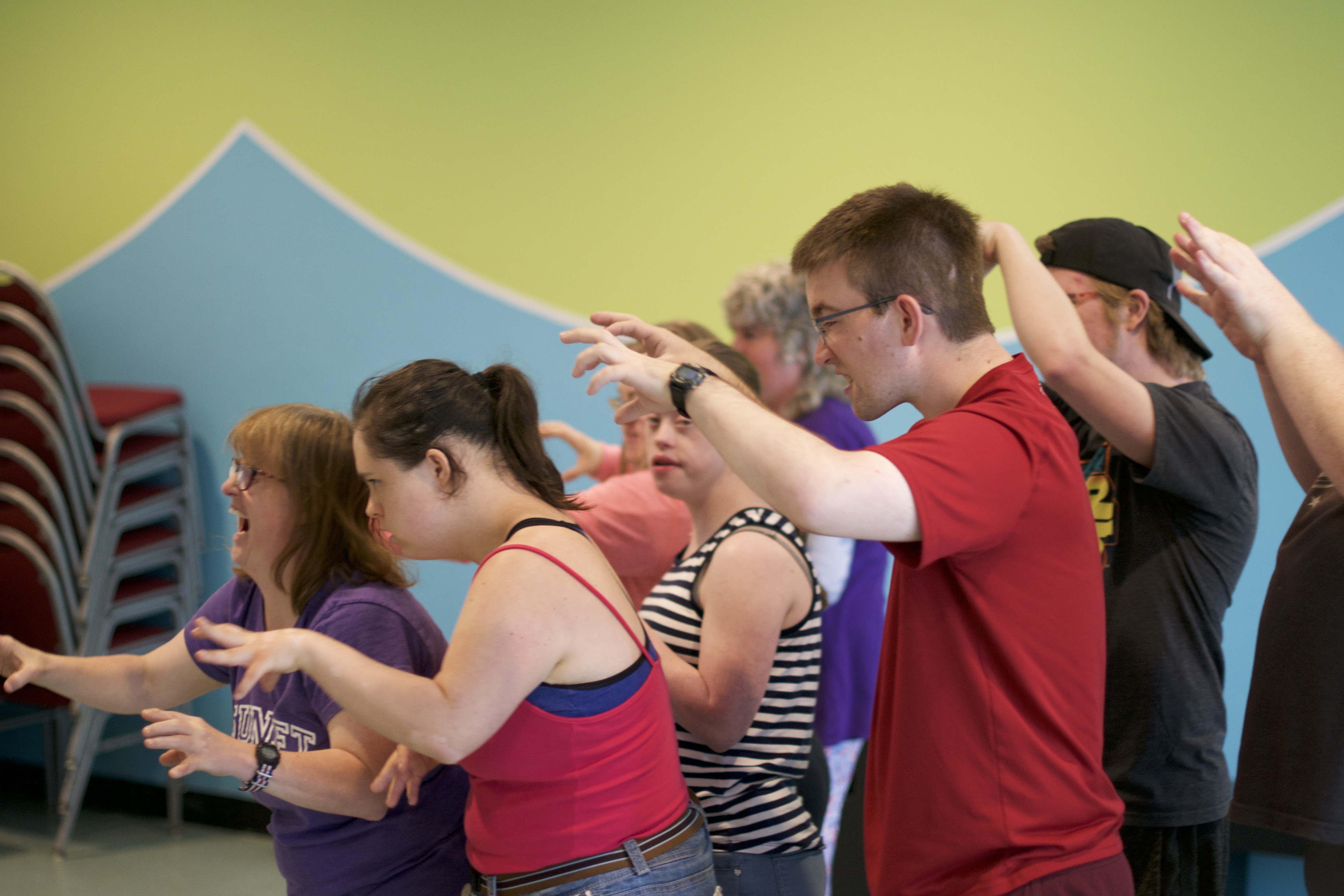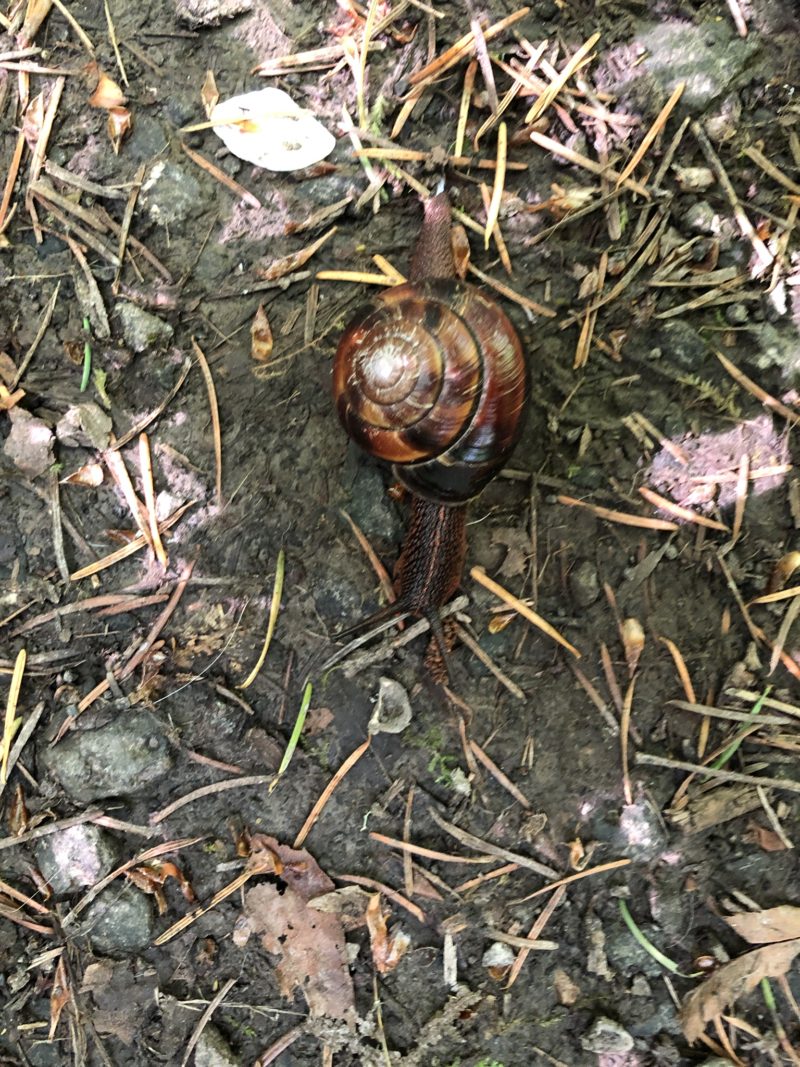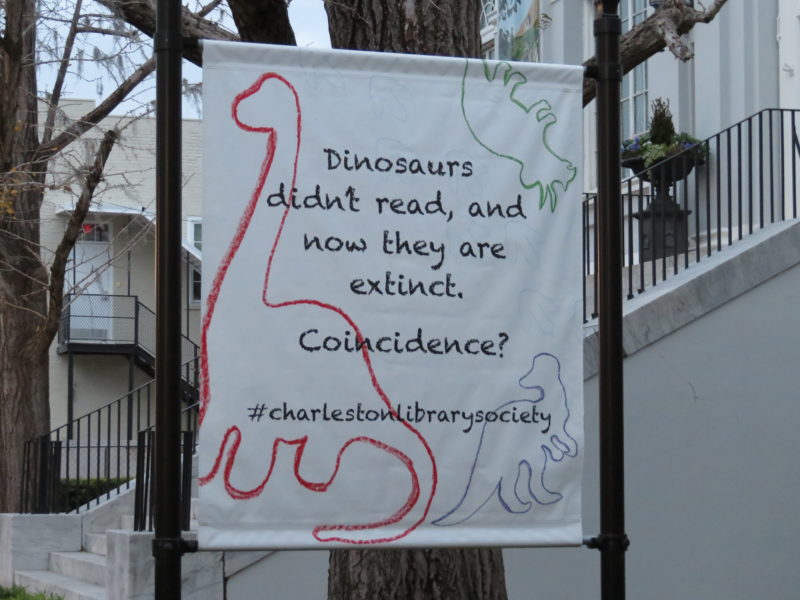Yesterday I wrote about some reasons why people distrust or outright reject science: contradictory findings are held against the validity of the scientific enterprise, debunked studies are seen as signs of sham proceedings, problems with replicability are justifying overall doubtfulness.

Let’s look at this a bit more closely. Non-replications (which, by the way, happen mostly in the areas where the social and personality variables of are investigated,) and de-bunking are actually signs of a robust health of science, rather than the opposite. People care to get it right. Science is a cumulative enterprise that happens slowly, over time, with careful calibration. It is open to explore where things might have failed or, more likely were dependent on contextual variables that we are unable to re-create.
This is not picked up in news reporting which, for obvious purposes, goes for the latest, the flashy, the new. Nor do you read in the news each and every case of where replications succeeded – far outweighing the opposite cases, but not considered news-worthy. You have a real sampling problem here: I tell you the bad, because it sells the paper – never mind, it sells the on-line ads – but m silent on far more frequent good outcomes.

These are, alas, not the only causes for our view of science as untrustworthy. Science is often met with loud opposition, and those who oppose it know how to manipulate the general population. Think of what vested interest managed to do: if science was a threat to profit it was ignored, dissed, or its results never published. This is true for the tobacco industry, the fracking industry, the pharmaceutical industry – you probably can add considerably to this list. Threatened interests withhold science, they disparage science, they lie about science. (Here is a series of clever articles on the whole issue.)

Then there is the enlistment of “merchants of doubt,” who as willing media create “balanced” debates where, say, one scientist denying the causes and consequences of the climate crisis (or the crisis outright) is confronted with another scientist describing a different picture. Never mind that only a few scientists agree with the former and 99 % of the rest agree with the latter. Just this week 11.ooo of them urged us to change energy, food and reproduction habits or face dire consequences….

Manipulation is all too often willingly received, though, by the public and none of us is exempt. Inconvenient findings might be a threat to our worldview, or a threat to our comfort levels in living our lives, a threat to the status quo that provides longed-for stability and maintenance of status for some of us. Climate science is a good example: acknowledging the physics, the facts about greenhouse gasses, would compete with a system’s need to protect free enterprise, avoid government intervention, compete with a solar power industry overtaking the coal industry, etc.


It would force us to face changing our own behavior from what we eat to if and how we travel, keep the house warm, buy clothes, you name it. Or think mandatory vaccines – g-d forbid the government infers with parents’ rights, (particularly when vaccines concern STD’s and a presumed impact on (to be deterred) sexual behavior is part of the equation.) Thus the public is perfectly happy to listen only to the data that confirm their worldview, or disparage data altogether as untrustworthy if they don’t.
This is true for the opposite side of the political spectrum as well. If you look at the left’s receptivity (or absence thereof) to data about gene manipulation, nano technology, nuclear power or factory farming you see some of the same picture. I am the first to admit my own cherry picking of data: I am following research on Alzheimers, since it is one of the things I dread most in life – loosing my brain. I am way less critical towards studies that bring me comfort, than those that don’t. Case in point: a recent finding that sleep might help to prevent the disease. Well, let’s be more precise: there is the assumption that something that happens during sleep, your brain getting washed, quite literally, with slushing waves of cerebrospinal fluid that takes the gunk in there away, is beneficial to your mental health. Tell that to this passionate sleeper.
New research from Boston University suggests that tonight while you sleep, something amazing will happen within your brain. Your neurons will go quiet. A few seconds later, blood will flow out of your head. Then, a watery liquid called cerebrospinal fluid (CSF) will flow in, washing through your brain in rhythmic, pulsing waves.
Note, this does not allow us to make causal claims, even the correlations are tenuous, there might be a third variable problem, but oh, do I like a study like this, since as a deep sleeper it ever so marginally reduces my fears. Cherry picking, as I said. You will not find me promoting studies that seem to correlate frequent use of Benadryl with Alzheimers, on the other hand, since it would require changing my allergy medication habits…..

One more thing, and then I am done with the bully pulpit:
Science matters. Doing science right matters. Policy issues should be driven by science and not by individual taste or belief or industrial greed. But there is also a case to be made for some policy issues to be independent of science, and we have to be very careful in distinguishing the two. Take, for example, the argument that has been around for a while, that discrimination against the LGTBQ population should be prohibited because science has determined that genetics play a role in who you are and as who you present. What if science turns around and we find out it is all about social construct, not genes? Is it ok to discriminate then?
The point here is that there are moral arguments that should be independent of science, no matter what scientific claims we hold true at any given point in time.
And now, if you excuse me, I am off to catch a few winks of brain washing before I consider writing on morality…. Photographs are of waves, of course.

Music, though, not a lullaby….








































































































